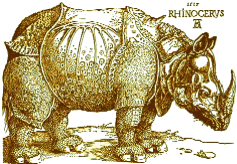
 |
Group of History and Theory of Science |
|
|
|
|
|
|
We have chosen a famous drawing by Albrecht Dürer
(1471-1528) as icon of the Group of History and Theory of Science. Dürer's
rhinoceros is a landmark in scientific iconography. Up to the 15th century,
drawings and paintings of animals and other natural objects had poor detail,
no perspective and conveyed a weak idea of the original. Dürer and
other artists of his time were able to transform completely the representation
of nature.
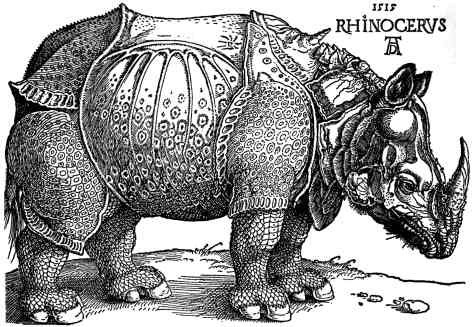
This drawing has a curious history. Dürer never saw a living rhinoceros. It was not common to find a rhinoceros in Europe at that time, but in 1515 the king Manuel I of Portugal brought from India an elephant and a rhinoceros. The new of those huge animals produced a strong impact. Both animals were sent from Lisbon to Rome, in a ship, as a gift to the pope Leo X, but the ship drowned, and the animal died. Dürer used a Portuguese draft as a basis for his own work. Notwithstanding all difficulties, he was able to produce a "real", living, tridimensional figure. |
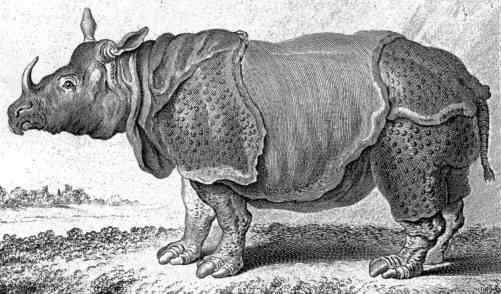
For comparison, we present here a more faithful image, published in Buffon's Histoire naturelle, in the 18th century. |
We present below two typical medieval animal drawings, taken from bestiaries. They represent a "monoceros" and two elephants. The difference between their quality and Dürer's work is evident!
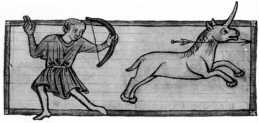 |
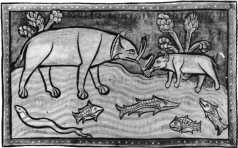 |
|
|
|
|
|
|
Group of History and Theory of Science
Caixa Postal 6059, 13081-970 Campinas, SP, BRAZIL
This page was updated on 12/Mar./1998